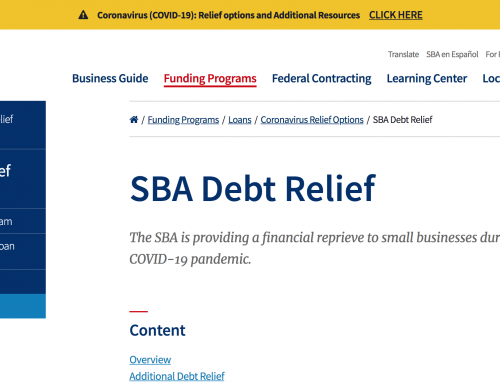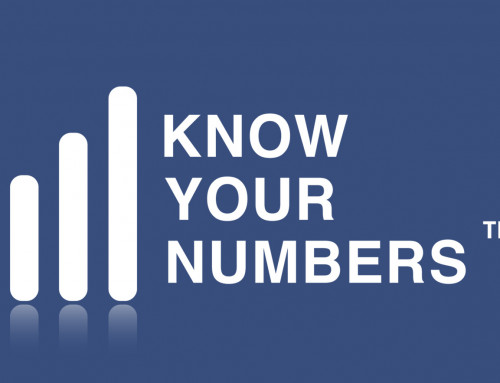Podcast: Play in new window | Download
Subscribe: Apple Podcasts | RSS
In this particular episode, you will learn
- About different accounts such as assets, liabilities, and equity
- Introduction to financial statements
Podcast transcript:
Introduction to Accounting
Accounts
Financial Statements
Debits and Credits
Introduction to Accounting
Accounting is the system of recording financial transactions with both numbers and text in the form of financial statements. It is useful because it provides a means of billing customers, keeping track of assets and liabilities (debts), determining profitability, and tracking the flow of cash. The system is largely self-regulated and designed for the users of financial information referred to as stakeholders: Business owners, lenders, employees, managers, customers, and others. Stakeholders interpret financial statements to help make business, lending, and investment decisions.
Accounting has several specialized fields and roles. Private (internal) accounting generally refers to accountants who work within a single business entity. A very small business may only have one accountant preparing the records (bookkeeping) and performing all the bank reconciliations. The accounting profession is generally divided into three categories: Tax dedicated to government filings, audit dedicated to testing the validity of financial statements, and advisory dedicated to anything that is not audit or tax. Tax, audit, and advisory roles may either be internal roles at a company or external roles at a public accounting firm.
Accounts
Accounting is based upon the transactions in underlying categories, referred to as accounts. Every account must be categorized in one of the five account types: Assets, Liabilities, Equity, Revenue, and expense. There may be several different sub-accounts for cash assets, for example, a business may have many checking and savings accounts that combine to the ending cash balance. Account details and explanations are covered in other lessons.
- Asset accounts: Cash and cash equivalents, accounts receivable, inventory, allowance for doubtful accounts (contra account), prepaid expense, investment, property, plant, and equipment, accumulated depreciation (contra account), intangible assets, accumulated amortization (contra account) and others
- Liability accounts: Accounts payable, notes payable, accrued expenses, deferred revenue, long-term bonds payable and others
- Equity accounts: Common stock, additional paid-in capital, retained earnings, treasury stock (contra account) and others
- Revenue accounts: Sales revenue and others
- Expense accounts: Selling, general, and administrative, interest, repairs, depreciation (non-cash), amortization (non-cash) and others
Financial Statements
Financial statements are the end results of the completed accounting record and can give feedback value to business stakeholders. The financial statements together include: The balance sheet, income statement, statement of shareholders’ equity, statement of cash flows, and the notes to the financial statements. Financial statements are covered in detail in later lessons.
- The balance sheet reports business assets, liabilities, and equity up to a specific time period
- The income statement reports the profit and loss activity for a specified period of time
- The statement of shareholders’ equity reports detail of investment received and prior earnings
- The statement of cash flows reports the ins and outs of cash in three categories: Operating, investing, and financing
- The notes to the financial statements disclose information that cannot be understood with the financial statements alone
Debits and Credits
Debits and credits is the system used for recording accounting transactions. A debit or credit transaction can be an increase or a decrease, depending on the account type. Account types are segregated into five categories: Assets, liabilities, equity, revenues, and expenses. To create balance in the accounting system, debits always equal credits. The sum of all debit and credit transactions form the financial statements, but are only visible in the transaction record detail (general ledger). The debit and credit system is covered in detail in another lesson.
- The sum of debits always equals the sum of credits
- The sum of debits and credits are represented on opposite sides of the balance sheet





Thank you so much. I’ve found this podcast is full of great information especially for learners.